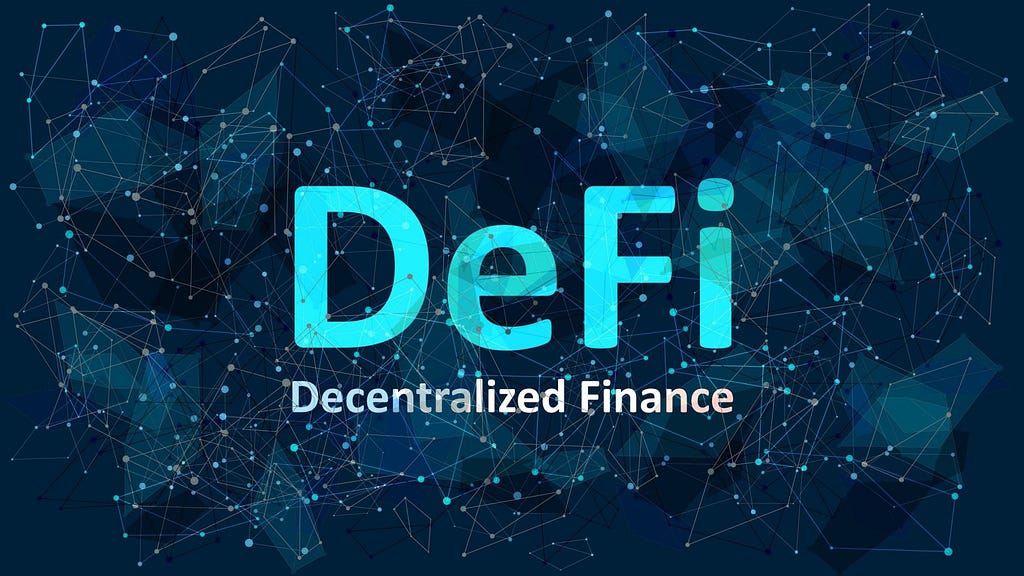DeFi Series EP1: Projects VS Protocol — What’s the difference?
The terms protocol and project are used interchangeably, but what is the actual difference?
What is a DeFi Protocol?
DeFi protocol: set of rules or code which is executed via smart contracts that govern decentralized finance applications. These protocols provide financial services such as lending, borrowing, trading, and staking without relying on traditional financial intermediaries like banks or brokers.
Examples include:
- Uniswap: a decentralised exchange protocol
- Aave: a decentralised lending and borrowing platform
- Compound: a money market protocol
- MakerDAO: a decentralised stablecoin protocol
What is a DeFi Project?
DeFi project: broader ecosystem built around a set of protocols. It includes the protocol itself and other elements such as the UI (front-end apps or wallets), governance mechanisms, and communities.
Key Differences
- Scope:
- Protocol: rules and code that define how a particular decentralised financial service works.
- Project: the protocol, governance structures, token models, user interfaces, or partnerships.
2. Technical vs Community:
- Protocol: backend operations (smart contracts) that allow decentralised services
- Project: protocol, marketing, partnerships, and governance that support its adoption and evolution
3. Example Comparison
- Uniswap (protocol): set of smart contracts that facilitate decentralised token trading
- Uniswap (project): broader initiative, including governance via UNI token, platform development, and user growth efforts
Yearn Finance Protocol: This consists of the rules and smart contracts that dictate how the platform’s financial operations work. For instance:
- The rules governing how users deposit funds into specific vaults (or pools).
- How the yield (interest or returns) is generated for users from these deposits (e.g., by automatically moving funds between different DeFi platforms to maximize returns).
- The strategies employed by the smart contracts to optimize those returns (such as shifting assets between lending platforms like Aave or Compound to achieve the highest yield).
- In this case, the protocol defines the logic behind the yield generation mechanisms and the conditions under which those yields are distributed to users. So, yes, your example of a pool offering a specific yield is a part of the protocol.
Yearn Finance Project: This would encompass much more than just the underlying protocol:
- Marketing: Efforts to increase awareness, attract users, and build a reputation.
- Partnerships: Collaborations with other DeFi projects, wallets, or exchanges to integrate Yearn’s services.
- Business Development (BD): Exploring new use cases and product features and working on adoption strategies.
- Governance: Community-driven decision-making processes, such as voting on updates, strategies, or partnerships using Yearn’s native governance token (YFI).
- Community Building: Developing and maintaining a strong community around Yearn Finance, which is crucial for its decentralized nature.
- User Interface (UI): The front-end apps and tools that make it easier for people to interact with Yearn’s smart contracts (e.g., a web app that allows users to deposit into vaults).
In summary:
- The protocol defines the technical rules (like how yield is generated for a pool).
- The project includes everything else that supports the protocol, such as marketing, community efforts, partnerships, business development, and governance.
DeFi Series EP1: Projects VS Protocol — What’s the difference? was originally published in The Capital on Medium, where people are continuing the conversation by highlighting and responding to this story.
